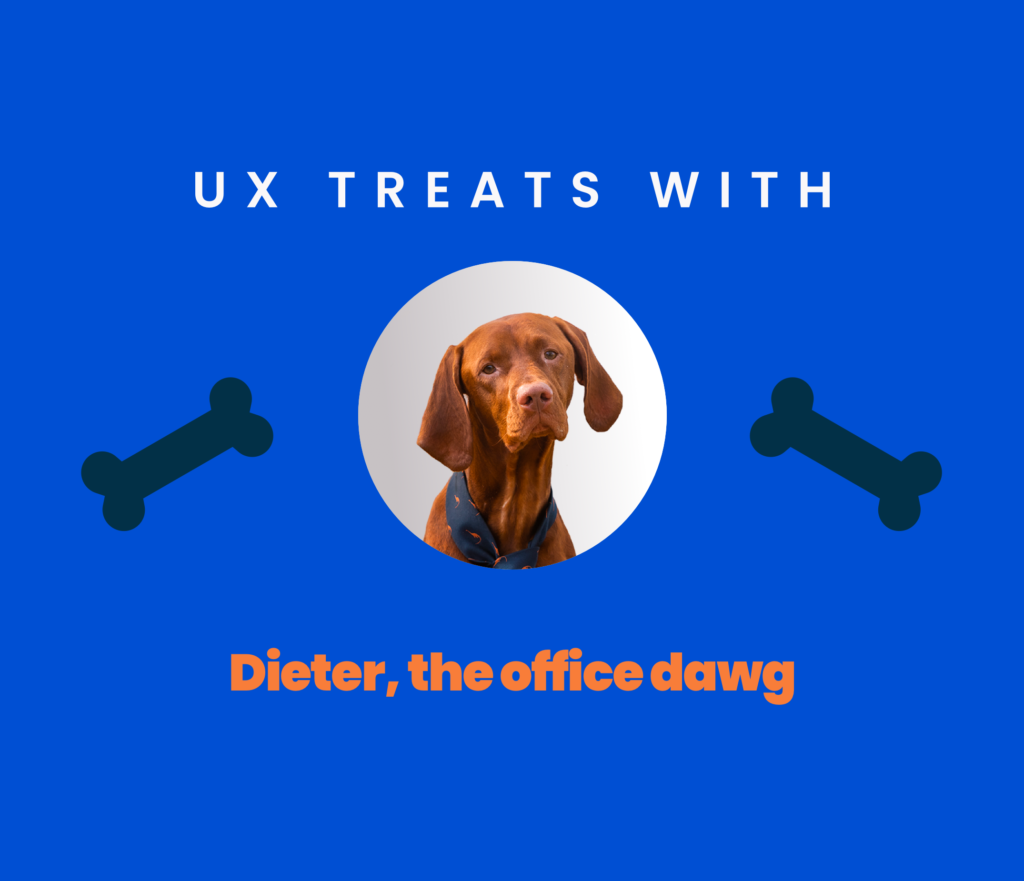As consumers of technology products both at work and in our personal lives, we have grown accustomed to a wide array of “free tier” or completely “free” access to different platforms. We don’t have to pay to personally use Gmail, we don’t pay to use Facebook, Instagram, or WhatsApp to stay in touch with friends, we have access to free versions of financial tools like Turbotax or Mint.com. So if we can use all of this stuff for free, it can’t possibly be that expensive to create and build these tools, right? Nope.
Intuit, who brings you tools like Turbotax and Quickbooks spent 1.378 billion dollars on Cost of Goods Sold in 2020 (1). For a company that builds tech products we have to assume COGS includes at a minimum engineering efforts and maintenance costs for those products. Even with a 1.6 billion dollar spend in 2020, Intuit’s forums are littered with upset Quickbooks Online customers complaining about the lack of basic features such as the ability to add a transaction fee automatically if someone chooses to pay by credit card instead of direct deposit (2). As of late November 2021, Quickbooks Online still hadn’t addressed the problem connecting to BB&T bank after it’s late 2019 acquisition of Sun Trust and subsequent rebranding to “Truist” which has rendered it unable to sync transactions for any BB&T customers, and which has impacted some of our clients (3). This is an example of a company spending considerable funds on product development and still lacking basic features and bug fixes that impact the usefulness of their tool and leave customers unhappy.
Now onto the category of big spenders with “free” products. In 2020, Meta, which owns Facebook, Instagram, and WhatsApp, reported 16.692 billion dollars on Cost of Goods Sold (COGS) (4). Alphabet, which owns Google, home automation company Nest, and popular GPS app Waze, reported a 84.732 billion dollar spend on COGS in 2020 (5). Travel booking engine Expedia reported 1.6 billion dollars spent on COGS for 2020 (6), despite travel being at an all time low in recent memory due to all of the lockdowns. The office of the Inspector General released figures in 2014 that estimate the healthcare.gov project at 1.7 billion dollars in contracts related to its creation (8), which is about 1.85 billion in 2020 dollars once you account for inflation, and it was not considered high-functioning or particularly well done when it launched. Popular dating app Bumble spent 113 million dollars in the first three quarters of 2020 (7), and office messenger Slack spent 121 million in 2020 (9) which are relatively conservative compared to the previously mentioned tech giants, but unlike the others they are single-product firms, and so serve to give you an idea of what may get spent annually on any single flagship product by a private sector company. Each of these companies have brands & products that lead their respective industries, and each of them allow people to access and use a considerable portion of their services for free. So how do they pay for all that?
Generally there are two ways companies underwrite their activities: 1) they sell stuff to you or 2) they sell you and your time & attention to advertisers. If you are not paying to use a technology service or product, then you probably are the product and you are being sold to advertisers by virtue of all of the demographic & profiling data that company has captured about you.
Let’s use Alphabet (formerly called Google) as a hypothetical example. Alphabet owns Waze, Nest, Google, and supports the maintenance of the Android phone operating system with Google Assistant. Let’s say you have a free Gmail account which makes it really convenient to sync everything to your android phone by simply logging in, and you used the same Gmail account when you got your Nest Thermostat and downloaded that app and Waze because it was so simple to log in with Google. So, you have this convenient free Gmail account that allows you to seamlessly connect your phone, your house, and your GPS– and the only money you really spent for all of that was purchasing your Nest thermostats and your phone. Seems like a pretty good deal. Google could get: information about you, your age, your gender, they could learn when you tend to leave your house thanks to your Nest thermostat or where you like to go based on your Waze data and they can use all of this information to really accurately put you into demographic buckets to then sell access to you & your attention to their advertisers. In reality, the cost of using that “free” software is not just the one-time purchase of your phone and your thermostat, it’s your privacy and your attention on an ongoing basis too. In short: free software isn’t free.
So, if Bumble spent at least 113 million dollars in 2020 (7) on Cost of Goods Sold for their product, how much should you expect to spend on yours? It’s a question that inevitably surfaces when discussing custom software with any prospective client, regardless of whether you are dealing with a founder setting out to build a consumer-facing product or a business looking to build internal tools or automations to streamline operations.
Typically, most people drastically underestimate the cost of bringing software products and tools to fruition if they are not already familiar with the industry, and we can’t blame them for this perception in a world where slick apps like Facebook, Waze, WhatsApp, Google, Instagram, and some versions of TurboTax are all “free” to use. So how do you evaluate the value of a proposed digital product or solution when the cost of building them properly gives most people new to software development sticker shock? We recommend looking at how that digital solution stands to impact your business in a holistic way, on several different levels.
Depending on what type of solution you are looking to build, you should consider the value it brings in different ways and ask different types of questions.
Does the digital tool or product save you man-hours by automating in whole or in part processes that someone on your team currently completes manually? If that individual’s time costs your company $40 per hour, saving 10 hours per week of their time adds up to $20,000 in labor costs over a 52-week year.
Does the proposed solution reduce the amount of manual data entry or re-entry between systems? Then you should consider the costs you currently have associated with inaccurate data due to inevitable human imperfection and error. If the digital solution stands to drastically reduce or eliminate errors or inaccuracies associated with that data entry, you should consider the money you will likely save by eliminating those.
Does the system allow people to pay you faster, sign up for your service more easily, or enhance your communication with your clients in a way that allows you to provide more competitive service in a timely manner with a good customer experience? Then try to figure out what each of those things is worth to you. How much would you be willing to spend to have customers who appreciate the level of communication and recommend you to others on that basis? How many customers do you stand to gain if signing up for your product is really simple and they don’t have to call you directly to do so?
The fact of the matter is that implementing software properly, in a way that is maintainable, extensible (designed with the possibility of future feature additions in mind), and performant (fast and easy to use & understand) can get expensive.
So, when you are exploring the possibility of investing in custom digital solutions for your business, it will help to evaluate those potential software costs through a holistic lens and consider the various ways, beyond the obvious feature list, that it may help enhance or streamline your business. Often, the payback on that implementation cost is faster than you might think.
Sources:
- Intuit Cost of Goods Sold 2006-2021: INTU. Macrotrends. (n.d.). Retrieved December 29, 2021, from https://www.macrotrends.net/stocks/charts/INTU/intuit/cost-goods-sold
- How do I charge customers credit card processing fee on an invoice? QB Community. (2020, May 22). Retrieved December 29, 2021, from https://quickbooks.intuit.com/learn-support/en-us/reports-and-accounting/how-do-i-charge-customers-credit-card-processing-fee-on-an/00/575944
- My Bank (BB&T) merged with SunTrust so they are now Truist. since this merger I cannot connect my bank accounts to the quickbooks app. QB Community. (2021, July 31). Retrieved December 29, 2021, from https://quickbooks.intuit.com/learn-support/en-us/banking/my-bank-bb-t-merged-with-suntrust-so-they-are-now-truist-since/00/917941/page/3
- Meta Platforms Cost of Goods Sold 2009-2021: FB. Macrotrends. (n.d.). Retrieved December 29, 2021, from https://www.macrotrends.net/stocks/charts/FB/meta-platforms/cost-goods-sold
- Alphabet Cost of Goods Sold 2006-2021: GOOGL. Macrotrends. (n.d.). Retrieved December 29, 2021, from https://www.macrotrends.net/stocks/charts/GOOG/alphabet/cost-goods-sold
- Expedia Cost of Goods Sold 2006-2021: EXPE. Macrotrends. (n.d.). Retrieved December 29, 2021, from https://www.macrotrends.net/stocks/charts/EXPE/expedia/cost-goods-sold
- Bumble Cost of Goods Sold 2019-2021: BMBL. Macrotrends. (n.d.). Retrieved December 29, 2021, from https://www.macrotrends.net/stocks/charts/BMBL/bumble/cost-goods-sold
- Office of the Inspector General. (2014, August 26). An overview of 60 contracts that contributed to the development and operation of the Federal Marketplace. An Overview of 60 Contracts That Contributed to the Development and Operation of the Federal Marketplace Report (OEI-03-14-00231) 08-26-2014. Retrieved December 29, 2021, from https://oig.hhs.gov/oei/reports/oei-03-14-00231.asp
- Slack company profile – craft. (n.d.). Retrieved December 29, 2021, from https://craft.co/slack




